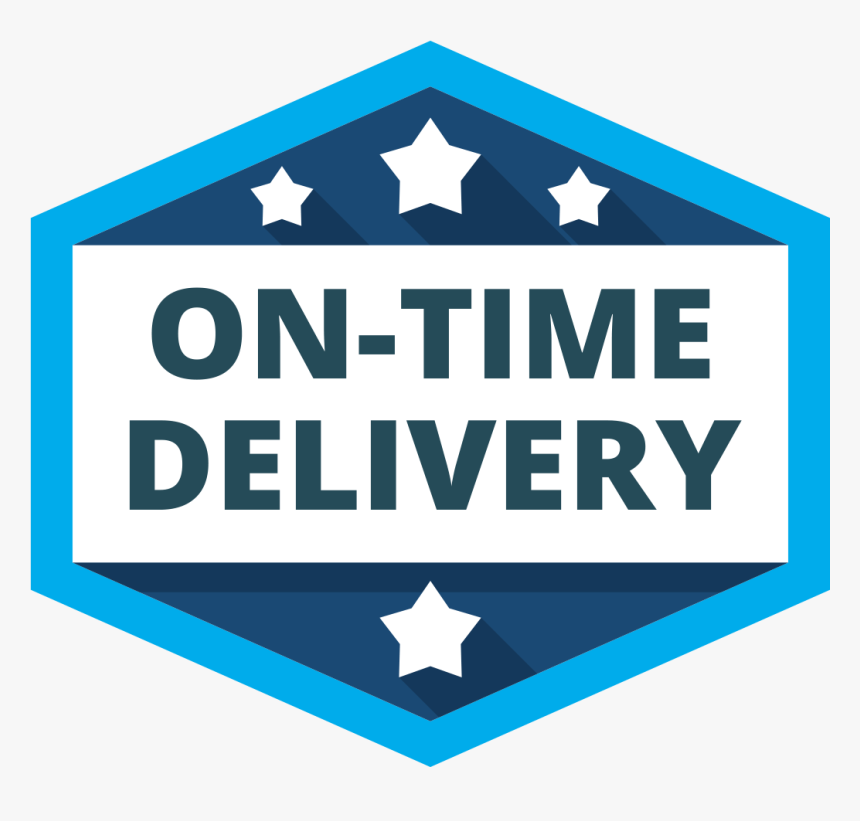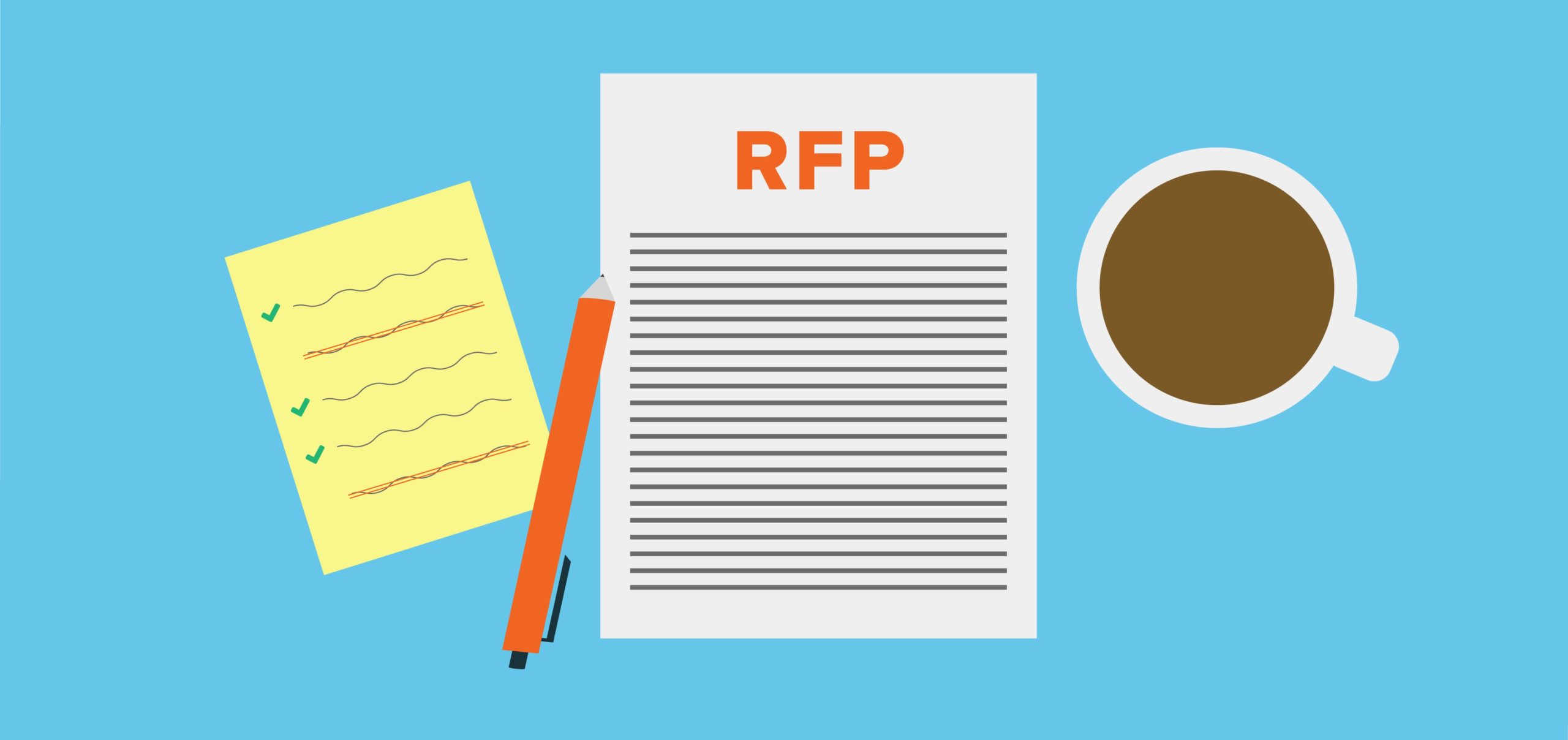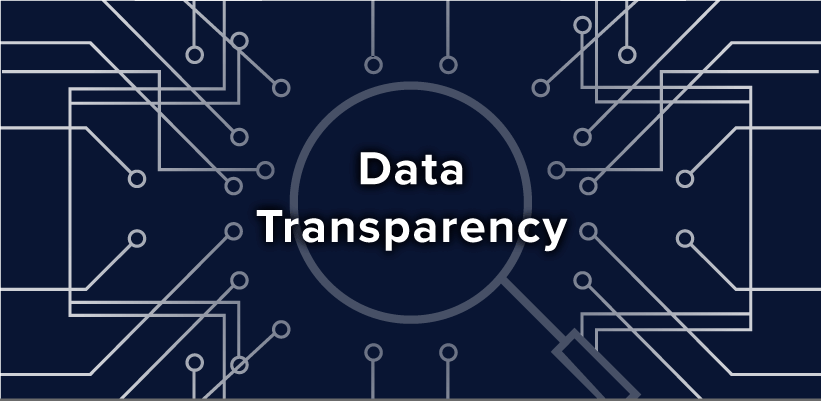


Accuracy and Transparency in Freight Cost Management Is An Urgent Necessity For All Shippers
Shipping is a complex and costly aspect of any supply chain, and thus, the way shippers plan and manage their freight costs is of utmost importance. Traditionally, shippers have leaned on historical 1st party data, along with market averages from 3rd party data providers, to gauge whether they were paying a fair price to transport goods. Digging into market averages on specific routes or shipping lanes that have similar distances, weight capacity, and other logistical factors, has become one of the most reliable points of comparison. Unfortunately, these approaches have limitations because they provide a snapshot in time, and assume market conditions have not changed. They do not account for things like changes in fuel prices, driver wages, seasonal fluctuations, and supply and demand shifts. Using these data sources can lead to a significant misjudgment in shipping costs, especially as new disruption occurs. Marginal Discrepancies in Transportation Management Costs Shipper Millions A 1-2% difference in truckload cost might seem small, but in reality, it can make a humongous impact. For instance, if a company spends $100 million annually on freight, a 2% discrepancy equals $2 million. This is a significant sum that could be saved or, if misjudged, unnecessarily spent. Effectively Manage FTL Budget with 100% Data Transparency The need for greater accuracy and transparency in freight cost management is pressing. Advanced analytics and actionable insights have helped many large shippers uncover resilience, sustainability & cost-reduction opportunities. “When shippers understand the “true-market cost” to ship their unique freight, they finally have actionable insights to effectively manage their freight procurement budget”, said Michael Paul, VP of Sales Sleek Technologies. Sleek Technologies...
A Methodic Approach To A Fragmented System: All Under One Umbrella
Are you thinking strategically about your transportation spending? Shipping is a complex and costly aspect of any supply chain, and thus, the way shippers consider variables like truckload cost and service levels (OTD)-- is of utmost importance. For a long time, shippers have relied on legacy transportation management processes to procure carriers. These processes are outdated, and siloed, which is why shippers have embraced technological advancements to streamline freight procurement which optimizes the entire carrier network for long-term success to effectively manage the cyclical freight market as conditions change. Introducing Autonomous Freight Procurement & Advanced Analytics AI-powered software, and 100% data transparency, provide a holistic approach to transportation management in 8 simple steps. #1: Once the software is integrated with the shipper TMS #2: Shipper configures load attributes and sets max allowable truckload price in SaaS platform. #3: AI dynamically finds and vets a pool of compliant carriers, which are usually “invisible” to the shipper or blocked by broker middlemen. #4: AI introduces the load to a VETTED network of new and existing carriers giving them the opportunity to haul for you by submitting a direct bid. The 1st carrier to bid at or below the shipper’s allowable price wins the load. #5. With 100% data transparency the shipper knows which carrier has won the bid, and what they are getting paid. With no middlemen involved the shipper understands the actual truckload cost (what the truck is paid), so they can level-set pricing across their entire carrier network. #6: Tracking is done through the carrier's native mobile application, which is all visible to the shipper. #7: Carrier invoicing and payment...
Chances are your supply chain already supports DEI and you don’t even know it!
Although CSCO’s continue to deal with unprecedented disruption, many remain committed to diversity, equity, and inclusion [DEI] initiatives. In other words, prioritized efforts to make a more welcoming environment for employees, suppliers, and customers. The 2022 Gartner and Association for Supply Chain Management (ASCM) DEI survey found that 93% of the largest, global supply chain organizations have DEI goals, with a strong intent to support women and underrepresented races and ethnicities. Smaller to med-size shippers may not realize that their supply chain, specifically their transportation management efforts, may already support DEI. Big corporations include supplier or vendor diversity as part of their broader DEI efforts. A diverse supplier is a business that is at least 51% owned and operated by an individual or group that is underrepresented or underserved, such as small-business enterprises (SBEs), minority-owned enterprises (MBEs), woman-owned enterprises (WBEs), LGBQT, veterans, and proprietors with disabilities. Forward-thinking shippers have made a conscious effort to provide these diverse business partners equal opportunities within their supply chain. Why Supplier/Vendor Diversity Is Important "Aside from moral and ethical considerations, there are several benefits to launching supplier diversity programs," said Jaimie Kowalski, VP of Sleek Marketing. "An inclusive freight procurement strategy broadens the pool of carrier suppliers which promotes healthy competition, improving on-time delivery, and reducing transportation cost." When supply chains have more sourcing options, they become more resilient and agile which is a must in today’s uncertain times. One Tip To Uncover DEI Within Your Supply Chain If you are a manufacturer, retailer or distribution center you probably use carriers to haul freight. And if you use small to medium-sized carriers [with less...
Digitization Helps Conquer Supply Chain Disruption
Disruption, and economic pressures to decrease costs without impacting business outcomes, have forced many large shippers to rethink how quickly they plan to optimize supply chain procedures. Unfortunately, in today's world, emerging risks can no longer go unchecked. In hopes to lower supply chain costs and improve supply chain resilience and sustainability, shippers have accelerated innovation efforts and are set to increase supporting budgets over the next 2 years. As a result, shippers have made supply chain digitization a major company priority with goals to advance and optimize order fulfillment, customer experience, and transportation management. So what's the difference between a traditional versus digitized supply chain? Although traditional supply chains use technology, the technology is usually standalone and lacks integration. A digital supply chain removes silos and provides seamless transparency for all supply chain teams. Another major difference is that traditional supply chains leverage historical data, whereas digital supply chains use real-time data. Real-time insights are important when making transportation management decisions because of freight market volatility. Lastly, traditional supply chains move slow because they involve manual processes. Digital supply chains use technology that replaces manual work with automation, and even better... if automation is powered by machine learning the shipper is armed with AI to dynamically pivot with little notice as disruption occurs. In the end, when the supply chain is digitized, shippers reduce time-to-market, maximize productivity, reduce cost, and most importantly improve customer satisfaction which feeds into the bottom line. Supply Chain Digitization Example [AI-Powered Freight Procurement] Award-winning software has advanced and automated transportation management, also known as freight procurement. AI-powered technology eliminates the hours-long, manual process of...
Today’s Soft Freight Market Will Change. How Shippers Can Prepare.
Currently, shippers are in the driver’s seat as the freight market continues to soften, which means there are more trucks than shipments available to move. Morgan Stanley analysts recently stated a soft market will continue until 2H 2023 as inventory levels normalize– unless major disruption occurs before then. According to Oleg Yanchyk, Sleek Technologies CIO, “Balance could come sooner with typical seasonal spikes, like produce in Spring, and as smaller carriers park trucks due to tax and tag renewals which will create a tight market in a short period of time.” As freight market dynamics shift, shippers will need to evaluate truckload costs and carriers will need to evaluate truckload revenues to make sure it is aligned with current market conditions. A Soft Freight Market Equals Lower Contracted Rates During a soft freight market, locking in contracted rates [capacity] has long been a staple tactic for most large shippers. And it looks like 2023 will be a year where shippers take advantage of lower contracted rates as carriers do their best to hold onto stable volumes. All this said, contracted capacity is reliable now... but what happens when the market recovers? What happens when there are more shipments than trucks available? As the freight market tightens, carriers can demand higher truckload costs. Their attention and priority will pivot to higher-priced business to help recoup losses in revenue from lower contracted rates. The most difficult of lanes, facilities, or late-night/weekend runs will be most vulnerable to tender rejection, which means shippers need to be proactive with strong backup plans to avoid late deliveries. How Freight Procurement Can Overcome Freight Market Fluctuation ...
2023 Freight Procurement Resolution: Making Needed Improvements
Did you know that large companies need continuous improvement to stay ahead of the competition, increase customer satisfaction, improve efficiency, reduce waste, and increase profitability? Whether it is personal or professional, the start of a new year is a perfect time to look back and reflect on successes and failures. Once failures are identified, opportunities to improve will surface. When it comes to business, understanding the latest trends and technologies and embracing the need for change and innovation are key ingredients. Take logistics, for example, many transportation management professionals still believe that decades-old processes work just fine, so why upset the apple cart? This type of mindset is stagnant and toxic, especially knowing that transportation can account for 10-15% of a company's total expenses. Here are some of the core issues we've uncovered throughout 2022, which can help large shippers evolve the critical freight procurement process in 2023. #1: Don’t Treat Freight Procurement As A Commodity Freight procurement is a critical part of a company's supply chain and has major implications for overall success. Unfortunately, many executives still believe freight procurement is a commodity, like purchasing office supplies. Leaders must realize that freight procurement is more than buying a product or service. It involves strategic planning, sourcing, and analysis that could lead to tens of millions of dollars in wasted costs and lost revenue every year. If a company’s freight procurement mindset, processes, and tools have not been evaluated or have not changed in recent years, there’s a high probability the company is missing out on substantial performance improvement opportunities. #2: Using Static Freight Procurement Processes Traditional supply chain processes...
OTD: What is it, and why is it so important?
When ordering online, one of the key factors in how customers determine which products to buy is how quickly the supplier can ship the product. Quick shipping turnaround is no longer a nice to have, but a must-have in the eyes of consumers. This concept not only applies to customers but also applies to businesses. When signing a purchase order, businesses agree upon a Must Arrive By Date [MABD]. This blog will uncover why on-time delivery [OTD] is imperative for businesses, the ramifications for poor OTD, and how transportation/ logistics professionals can yield industry-best service. Poor OTD Stops Production Manufacturing relies on several moving pieces to be successful. When one piece breaks down, a chain reaction occurs. Delivering goods on time is a crucial piece for manufacturers especially when raw materials are needed to keep production running. A recent example that comes to mind is the automobile semiconductor chip shortage that forced automakers to close production lines and/or remove popular features such as heated seats. According to motortrend.com, in 2021 the shortage cost the global auto industry $210 billion in lost revenue. Poor OTD Leads to Empty Shelves Imagine walking into your favorite store ready to make a purchase and the item is nowhere to be found in the store. Empty shelves equal upset customers and poor customer experiences. And when items are essential, such as baby formula and medicine, empty shelves can lead to public panic. So the next time you see a large truck on the road, be thankful and remember that the driver is a critical part of ensuring your local shelves remain stocked. Poor OTD Leads...
Do Transportation RFPs Still Work?
The objective of a transportation request for proposal (RFP) is to lock in freight capacity for a certain period of time. A typical RFP includes requirements, evaluation criteria, timeline, and the expected cost. While RFPs can be a useful tool, they have many drawbacks, and should never be considered the only solution when looking to secure full truckload [FTL] carriers. Here are a few disadvantages of the traditional RFP process, and how innovative shippers have turned to technology and data to help supplement gaps. Transportation RFPs Require Time & Money Ask any transportation manager, and they’ll tell you that the traditional RFP process is time-consuming. Shippers spend a lot of time developing the RFP making sure the request is clear and concise. Then they spend more time waiting for each proposal to roll in. Once gathered, they have the painstaking task of vetting and comparing proposals to uncover the best possible carriers for their transportation needs. Carriers also spend a lot of time reviewing RFPs to ensure they understand the requirements and often have questions that require back-and-forth communications. Transportation RFPs Reach A Small % Of Available Freight Capacity Out of the millions of compliant, asset-based qualified carriers, RFPs only go out to a select few so the daunting process of comparing and negotiating is reasonable. Knowing shippers are cautious about how many carriers get invited upfront defeats the purpose of finding the very best options for the carrier network because not all options are invited to the table. Transportation RFPs Don’t Follow Market Fluctuation RFPs lock in truckload rates for a certain period of time. But because the freight...
